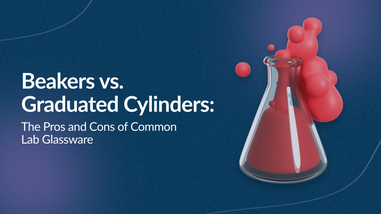- No products in the cart.
There are various types of laboratory ovens with multiple features. These ovens include high-temperature ovens, gravity ovens, vacuum ovens, and convection ovens.
What Do You Call the Laboratory Oven?
Laboratory ovens, also known as laboratory furnaces, are used for sterilizing, drying, and testing environmental stresses such as changes in humidity, light, and temperature.
What is Forced Convection?
Forced convection is the transfer of heat when fluids are forced to move to increase the transfer of heat. The force comes from either a suction, pump, or fan. This creates a more even distribution and uniform temperature.
What is a Forced Convection Oven?
A forced convection oven has a fan that circulates hot air throughout the interior of the oven. This rapid circulation of hot air ensures that the temperature throughout the oven is uniform since the heat is transferred evenly. The hot air is blown past the sample which prevents cooler air from building up near the surface. Since samples are always in contact with hot air, the sample dries faster.

What is the Difference Between a Convection Oven and a Forced Air Oven?
Even though a forced air oven and a convection oven serve the same purpose, they heat by two entirely different methods. An oven with forced air operates by forcing the movement of warm air throughout the chamber with the use of a fan. They work very much like a furnace where the hot air travels through a duct that creates a uniform distribution of heat within the chamber. A fan provides the uniform distribution of hot air which results in faster heat absorption and drying time.
A gravity convection oven relies on the principle that hot air will rise naturally when it expands and becomes less dense than the surrounding air. It will lose the energy from the heat as it rises and begin to fall. Temperature uniformity is not important which makes it ideal for powder substances.
Where are the Heating Elements in a Forced Convection Oven?
The heating elements are not located within the specimen chamber but in a separate external casing in a forced convection oven. The motorized fan blows air across the heating elements either to flow horizontally or vertically into the warming chamber.
Can You Cook in a Lab Oven?
Lab ovens are not designed to cook in. They are designed for use in the manufacturing and scientific industries. Applications include testing, processing, drying, experiment management, and sterilization.
What are the Advantages and Disadvantages of a Forced Convection Oven?
There are a few advantages to using a forced convection oven. These ovens provide a more even distribution of heat. A forced convection oven also dries samples at a faster rate which is key if you are working in an environment that processes samples quickly.
On the flipside, there are a few disadvantages to the forced convection oven as well. Improperly loading or putting too many trays in a forced convection oven can affect the airflow because it can restrict or reduce the flow in certain areas of the chamber. This restriction or reduction affects the uniformity of temperature throughout the chamber. Another disadvantage is what sets it apart from other ovens. The motorized fan consumes more energy than natural ovens.
For over 40 years, Lab Pro Inc. has been committed to delivering the highest quality lab equipment such as laboratory forced convection ovens, lab supplies, chemicals, and cleanroom PPE apparel to medical device and electronic manufacturing laboratories worldwide. To learn more, visit the biggest Lab Supply showroom in California, or contact us online or at 888-452-2776.


















































